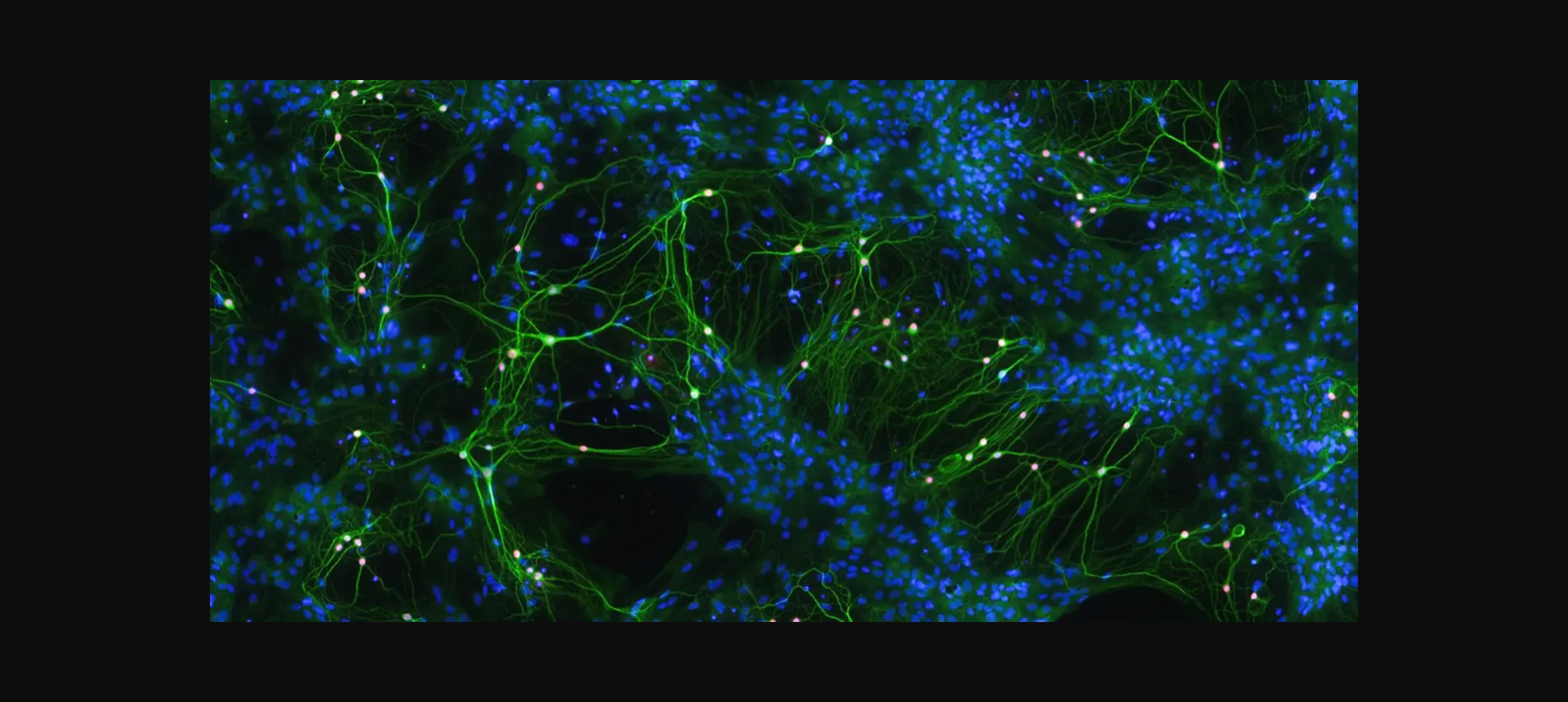Variations in the UNC13A gene cause neurological impairments in children
Whether we are writing an email, rushing for a bus, or humming a tune, every thought, feeling, and action relies on communication between our roughly 100 billion nerve cells. This exchange of information happens at synapses, where messenger substances are passed from one cell to another. One key player in this process is the protein UNC13A (Munc13-1), which enables the release of neurotransmitters – the messenger substances of the brain. Beyond that, UNC13A is also essential for the adaptability of synapses, a property crucial for learning and memory.
Variations in the UNC13A gene, which contains the blueprint for the UNC13A protein, can trigger a previously unknown neurological developmental disorder. This was discovered by research led by MBExC member Nils Brose at the Max Planck Institute for Multidisciplinary Sciences (Göttingen, Germany) and Noa Lipstein, formerly a member of Brose’s department and now group leader at the Leibniz-Forschungsinstitut für Molekulare Pharmakologie (Berlin, Germany), together with clinical geneticists Anita Rauch (University of Zurich, Switzerland) and Reza Asadollahi (University of Greenwich, UK).
Their findings were recently published in the journal Nature Genetics.
You can find the press release here.

Nerve cells (green) form neural networks in which information is transmitted. Errors in this communication can lead to neurodegenerative, neurological, and neuropsychiatric diseases. © Pia Venneker / Leibniz-Forschungsinstitut für Molekulare Pharmakologie

